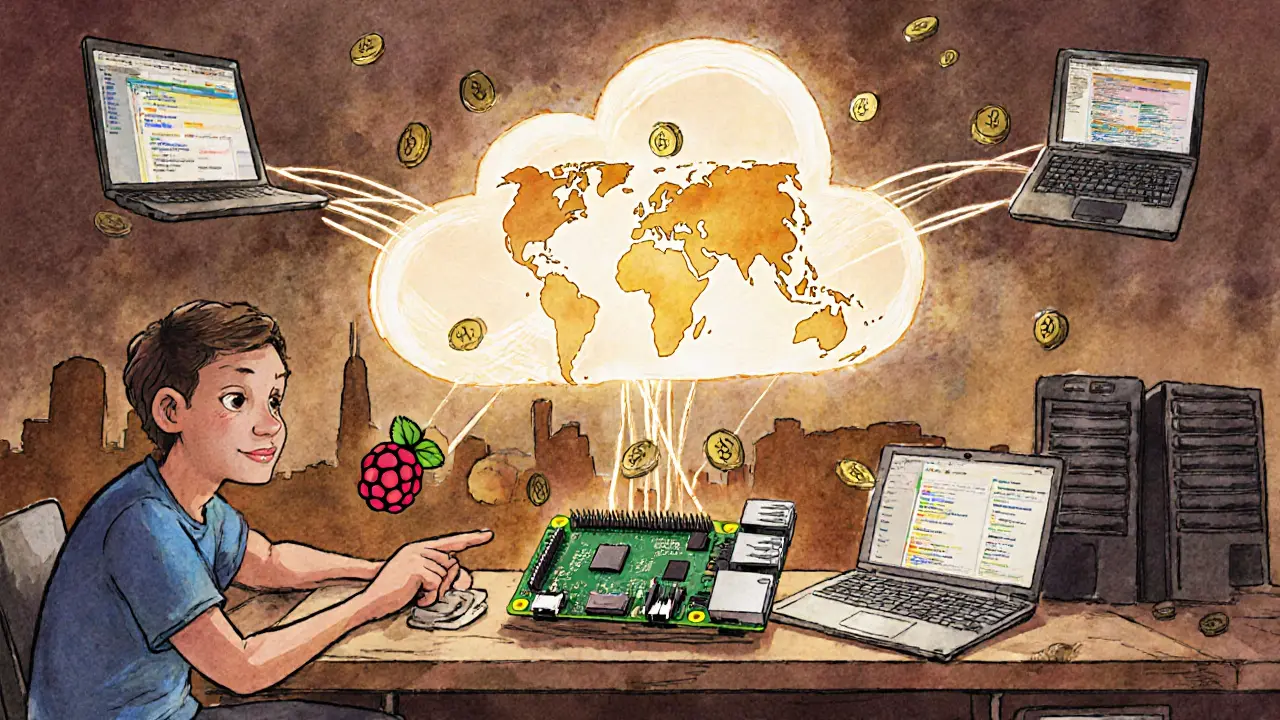DePIN: What It Is and Why It's Changing Crypto Infrastructure
When you think of blockchain, you probably think of coins, trading, or NFTs. But DePIN, Decentralized Physical Infrastructure Networks, are crypto projects that pay people to run real-world hardware like WiFi hotspots, data storage nodes, or weather sensors. Also known as decentralized physical infrastructure networks, DePIN flips the script: instead of just trading digital assets, you’re helping build the actual internet of tomorrow. This isn’t theory—it’s happening right now. People in Brazil are earning crypto for sharing their home WiFi. Farmers in Kenya are getting paid to run soil sensors on their land. And in the U.S., users are turning old routers into decentralized internet nodes. DePIN turns everyday gadgets into blockchain-powered tools that serve real needs.
DePIN relies on three big ideas: Web3, a user-owned version of the internet where control isn’t held by corporations like Google or Amazon, crypto rewards, tokens given to users who contribute resources like bandwidth, storage, or computing power, and blockchain infrastructure, the underlying tech that tracks who contributed what and pays them fairly. These aren’t separate pieces—they work together. A DePIN project like Helium pays you in HNT tokens when your hotspot provides internet coverage. Render Network pays you in RNDR when your GPU helps render 3D graphics for filmmakers. No middleman. No corporate gatekeeper. Just you, your hardware, and a smart contract that pays out when you deliver.
What makes DePIN different from old-school cloud services? It’s trustless and open. You don’t need to sign up for an account, agree to terms no one reads, or hand over your credit card. You plug in a device, run the software, and start earning. That’s why it’s growing fast—even in places where banks are slow or internet is spotty. DePIN isn’t just about making money. It’s about fixing broken systems: unreliable cell towers, expensive cloud storage, slow internet in rural areas. The projects below show how this is already working in practice—from crypto exchanges built on DePIN networks to airdrops that reward early participants. You don’t need to be a tech expert to join. You just need a device, an internet connection, and the curiosity to see what happens when blockchain meets the physical world.
